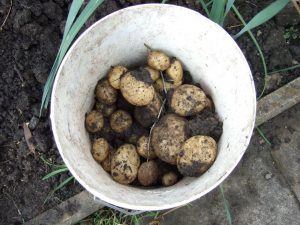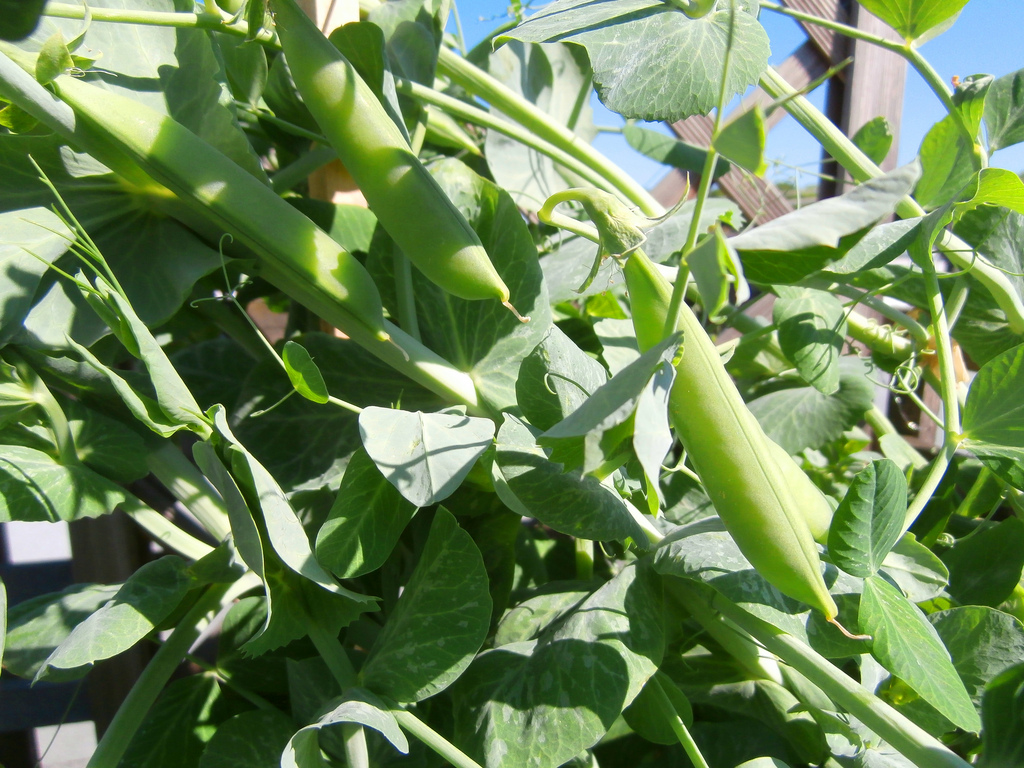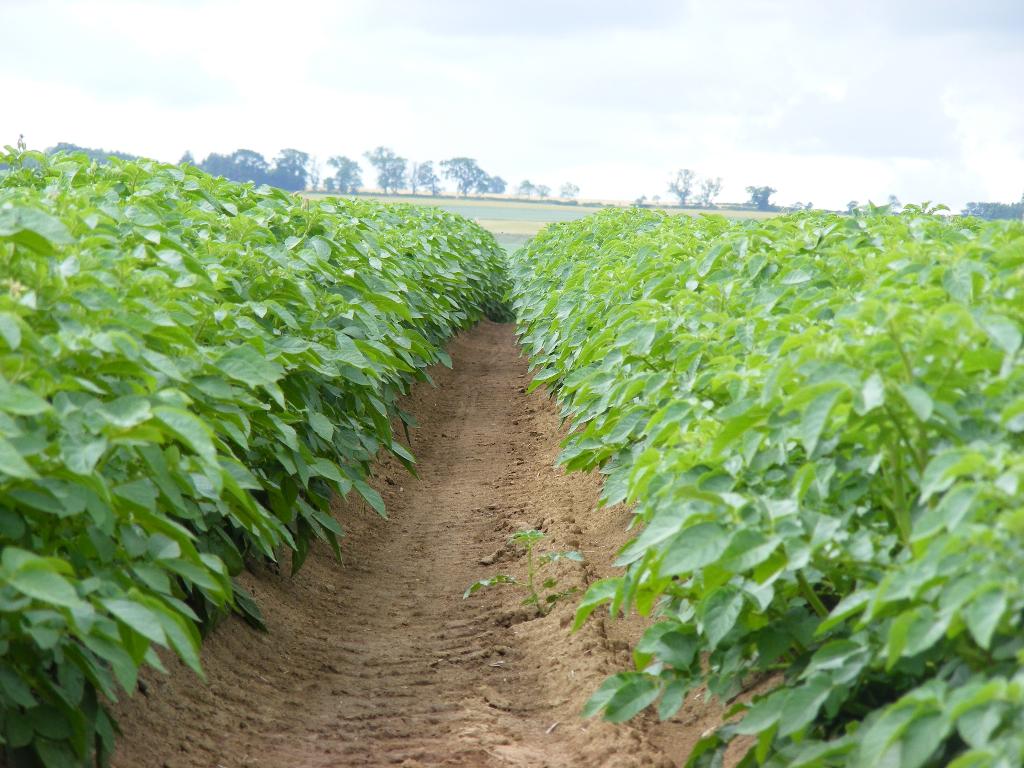 If you don’t have any space outdoors to grow potatoes, or want to keep harvesting fresh vegetables when there’s two feet of snow on the ground, planting potatoes in a bucket is a great solution. You can grow perfectly edible potatoes this way, with very little difficulty.
If you don’t have any space outdoors to grow potatoes, or want to keep harvesting fresh vegetables when there’s two feet of snow on the ground, planting potatoes in a bucket is a great solution. You can grow perfectly edible potatoes this way, with very little difficulty.
Gather Your Supplies
In order to grow potatoes in a bucket, you’ll need several things: a five-gallon bucket (the types used by contractors and sold in home improvement stores work well), small gardening rocks for drainage, soil, four seed potatoes (these are special potatoes designed for growing other potatoes), a large black plastic trash bag, a pair of scissors, and a drill and drill bit.
Set Up Your Bucket
The first thing that you need to do is drill holes in the bottom of your bucket. Five or six is enough, as long as they are properly spaced around the bottom. This will allow the excess water to drain out of the bucket, preventing you from growing potatoes that are nothing but mush. Next, flip the bucket back over so that the open area is facing upwards. Pour in around two inches of rocks. The trash bag goes in next – you’ll need to cut it down to size. It needs to fit into the bucket with a little overlap over the top edges. Around ten holes need to be poked into the bottom of the bag for drainage purposes.
Plant Your Potatoes
Once the bag has been set up, pour in the soil and plant your potatoes. There should initially be around 6 inches of soil in the bag, and the potatoes should be placed two inches from the top of the soil bed. As the potatoes grow, they’ll send up green leafy shoots that will eventually end up taller than the sides of the bucket. Keep the soil moist but not soggy.
Growing Tips
As the potatoes grow, they’ll need more space. Feel free to add more soil as the potatoes shoots reach the surface. This will force them to produce more roots, and in this case, the roots are the potatoes themselves, so this is a very good thing! However, you don’t want too completely fill the bucket with soil. Make sure to leave around 9 inches of space between the top edge of the bucket and the soil surface. Any more than this and the water drainage system will be stressed and the potatoes may not grow properly.
Also, make sure that the bucket is draining properly. You may want to add some additional holes around the sides of the bucket’s base if you feel like too much water is pooling under the soil.
Plus, you need to keep your potatoes in optimal temperatures and lighting conditions. They like warm, but not humid, weather and indirect sunlight. This is why they are an ideal crop to plant indoors in the wintertime, particularly if you are in a very warm climate.
When To Harvest
Your potatoes are ready to harvest when their leaves and green shoots begin to dwindle and die off. When this happens, simply dig into the soil (gently, of course) and remove your freshly grown potatoes!
Pic by Hannah and Simon




No comments yet.